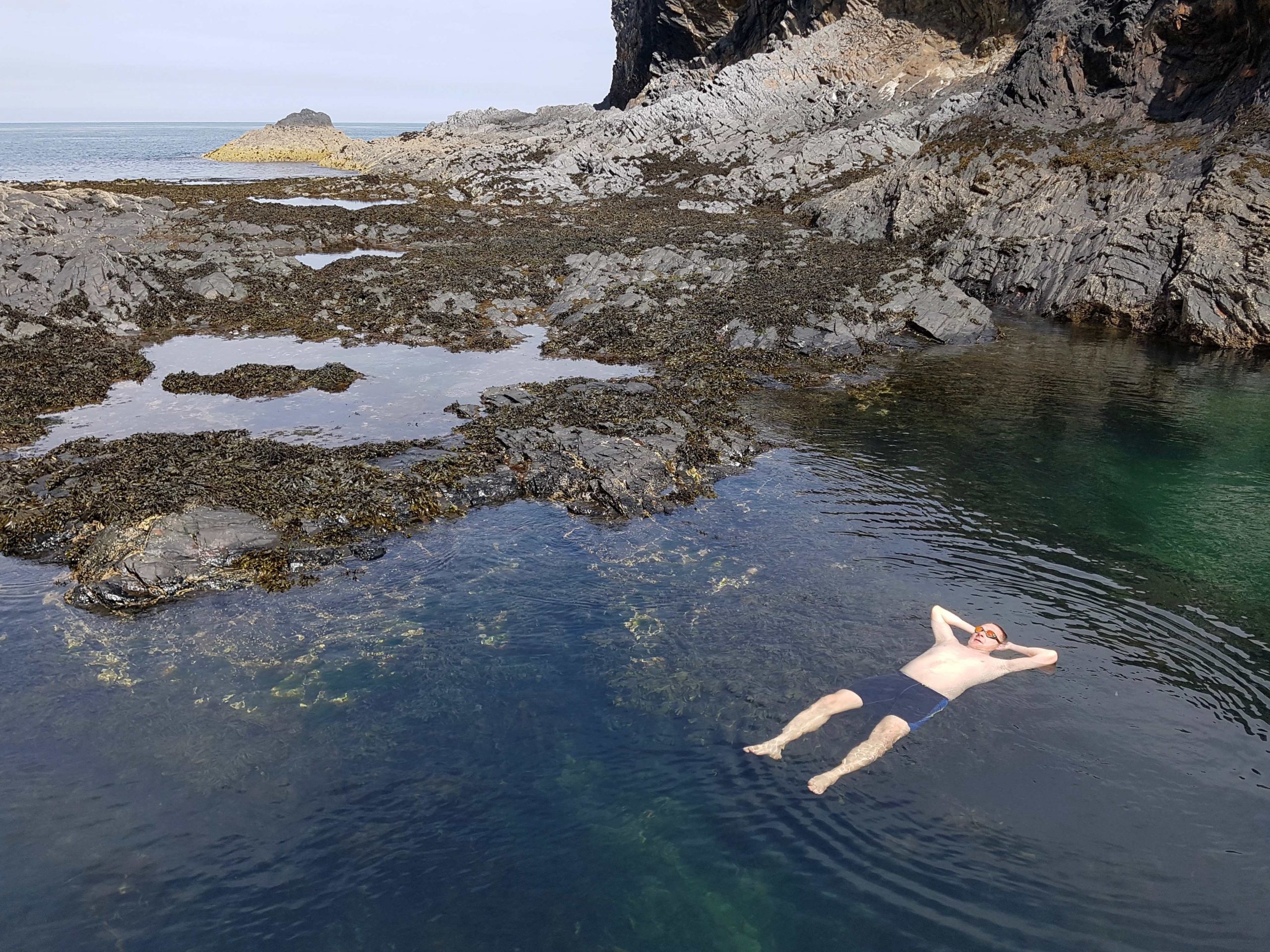Marjory Barlow, Alexander’s niece, said, “My goal, and my only one, is to help you adjust your inner tempo so that you do not lose pace with time.”
Without fully understanding what she meant by that, it’s something I think about a lot.
My brain processes information slowly. In the hands of good Alexander Technique teachers, I have woken up. Calmed down and woken up at the same time. For me to wake up, I have to be given time. My old teacher Stephen Cooper sometimes used to talk to me in what seemed like parables. This tended to cause me to panic. What’s he trying to tell me? Is he talking about me? I used to appreciate his work most when he simply talked me through Alexander’s directions with his hands on my neck and back. “Neck free, head forward and up, back to lengthen and widen, knees forward and away. Now stay with your directions as you come up out of the chair.” That sort of thing. This process gave me a very different sense of myself.
One of the things I intuitively liked about swimming, from a young age, was being slowed down and supported by the water’s resistance. But a mistake I made for many years was to use the clock to measure my improvement. How fast could I swim 100 metres? I was barking up the wrong tree there, surely ‘losing pace with time’. Improvement in the water has to be about quality of experience. Speed is then irrelevant.
These days I only want to enjoy the quality of slow, easy movement in water. I don’t need to swim any distance to enter the slow motion world of things that swim. And I actually like to swim as slowly as possible. To swim really slowly, you do need a degree of competence. You need to be balanced. And balance in water comes from letting it support you. Once you’ve really understood that the water supports you, you can go as slowly as you like. And when you do this, you become more open to new experiences – your breathing opening up, limbs loosening, movements feeling more aquatic.
How slow can you go?


